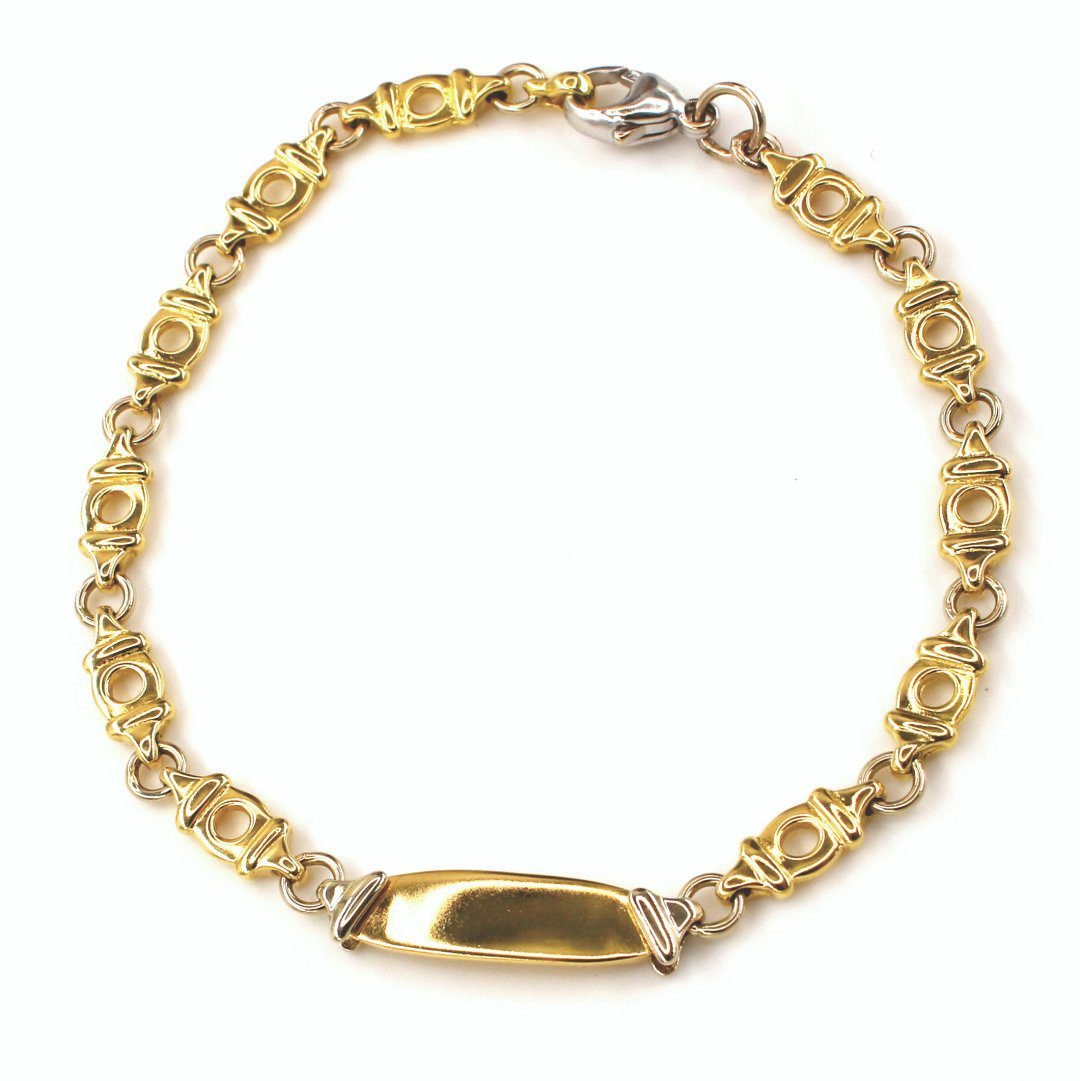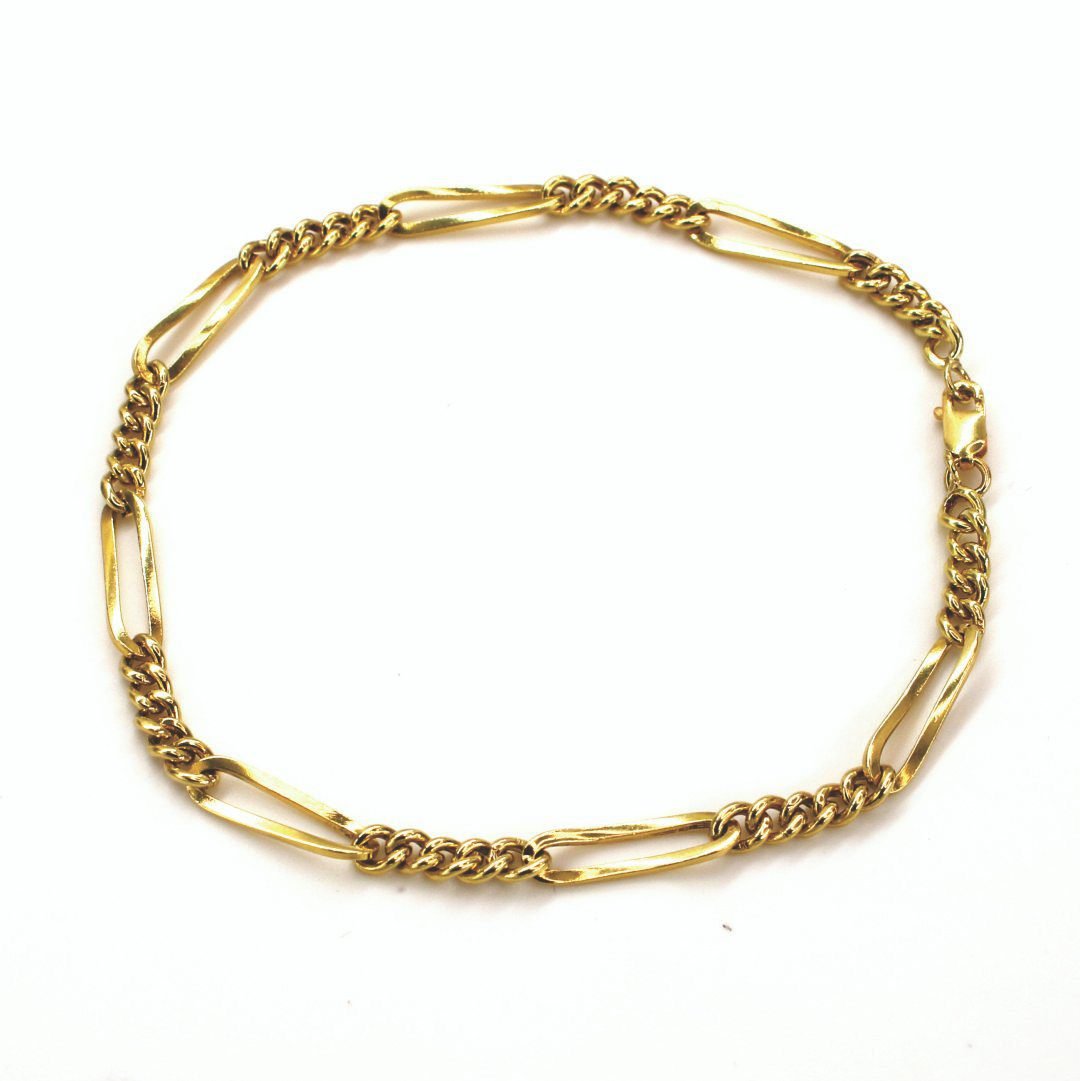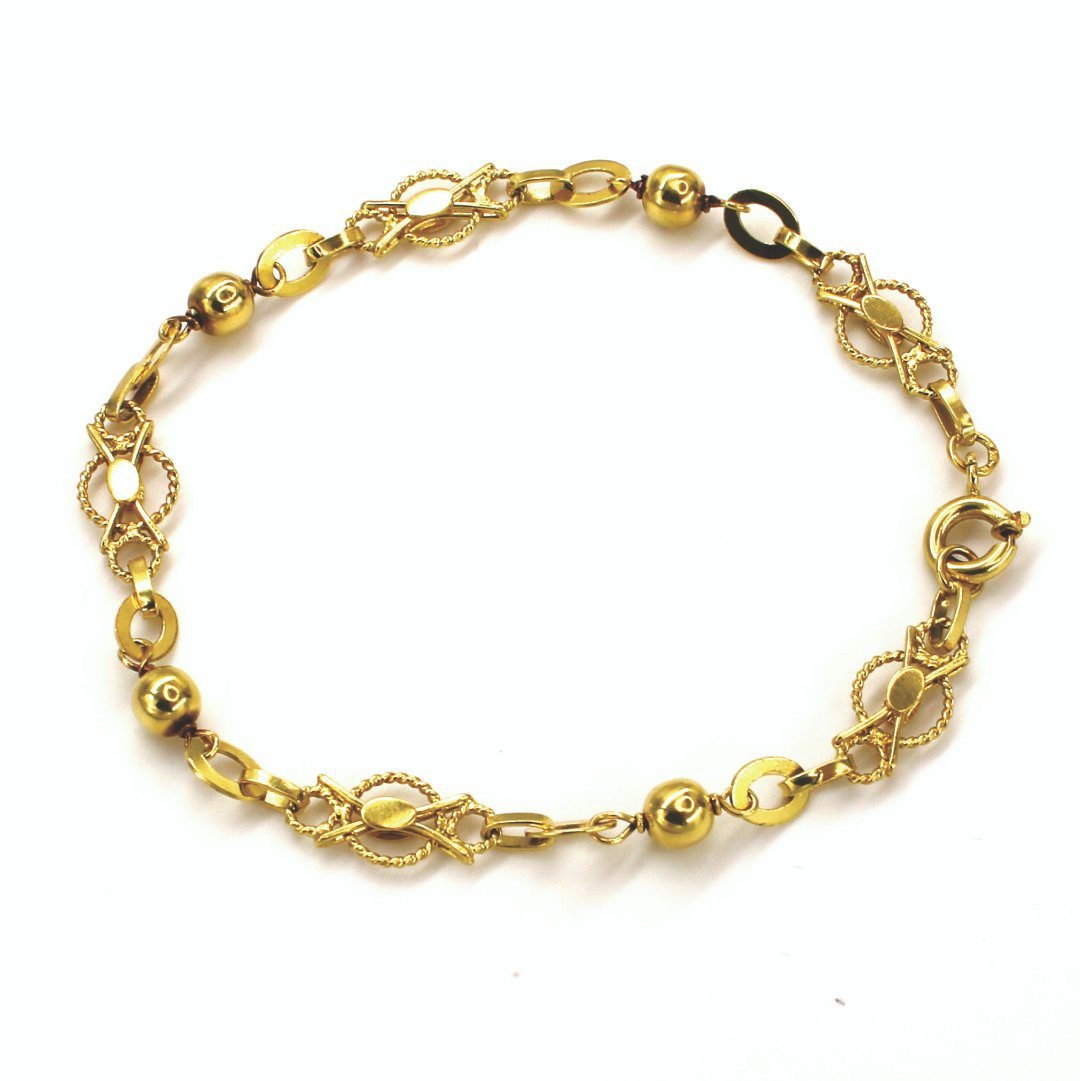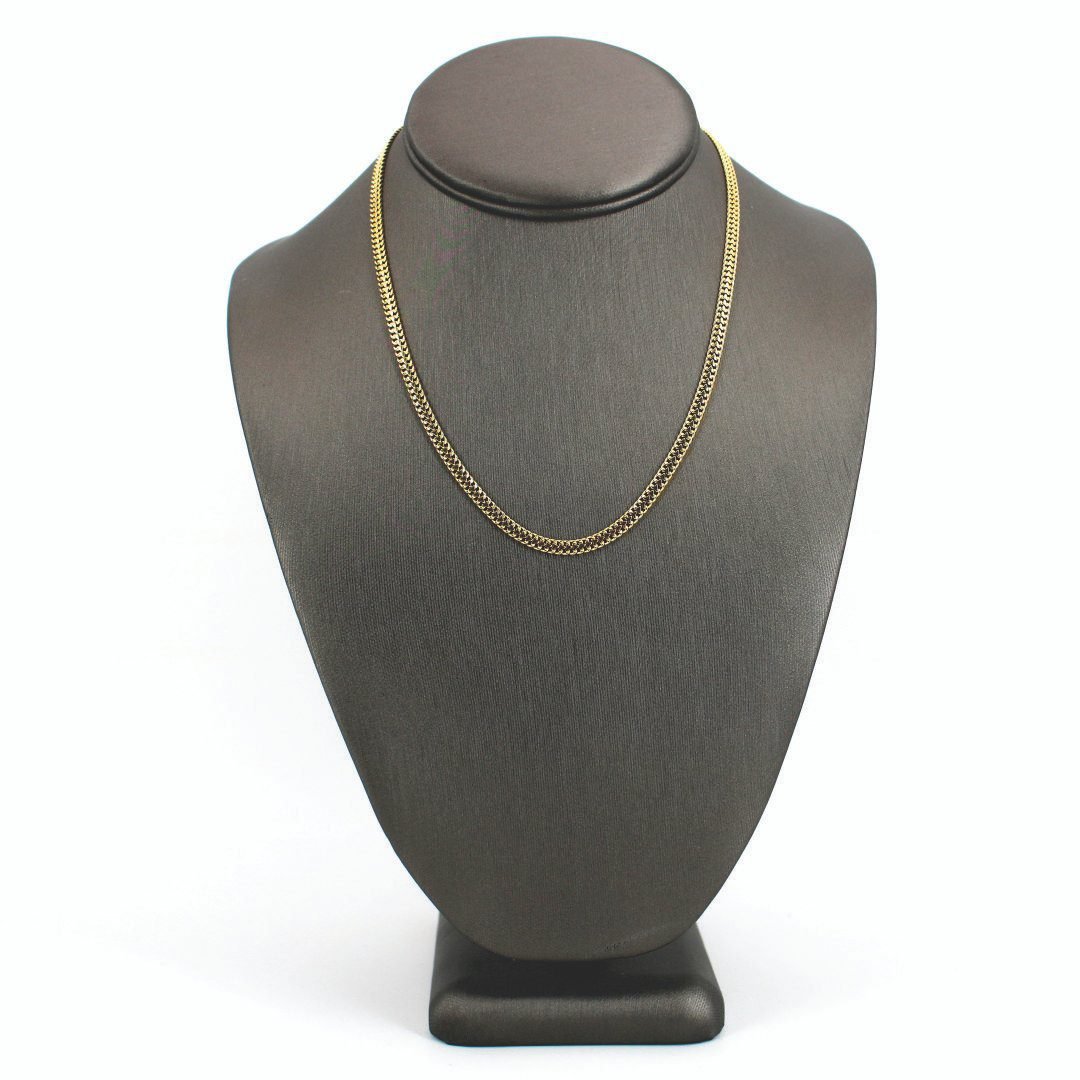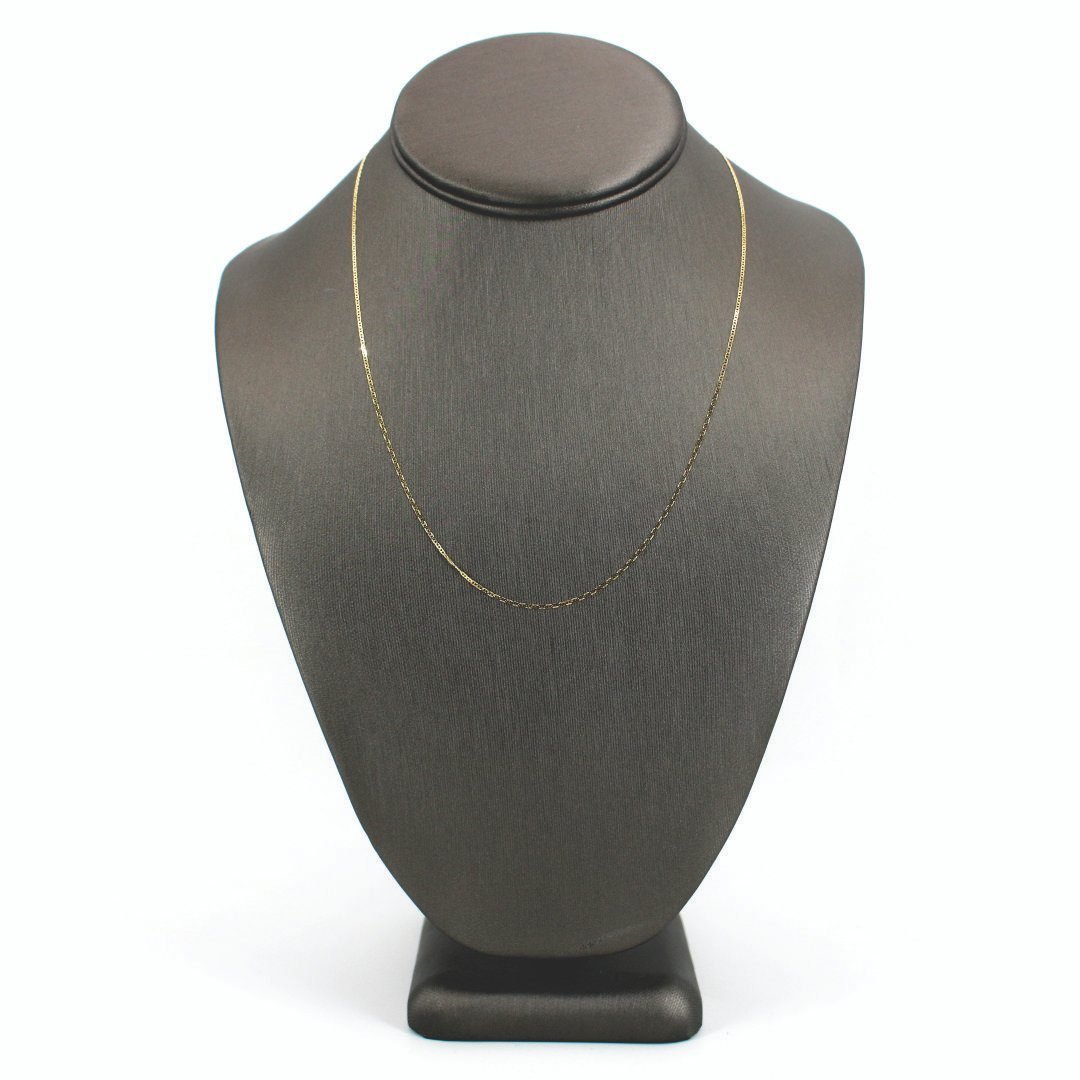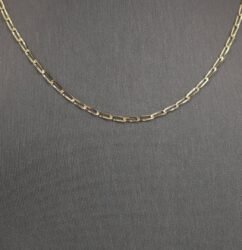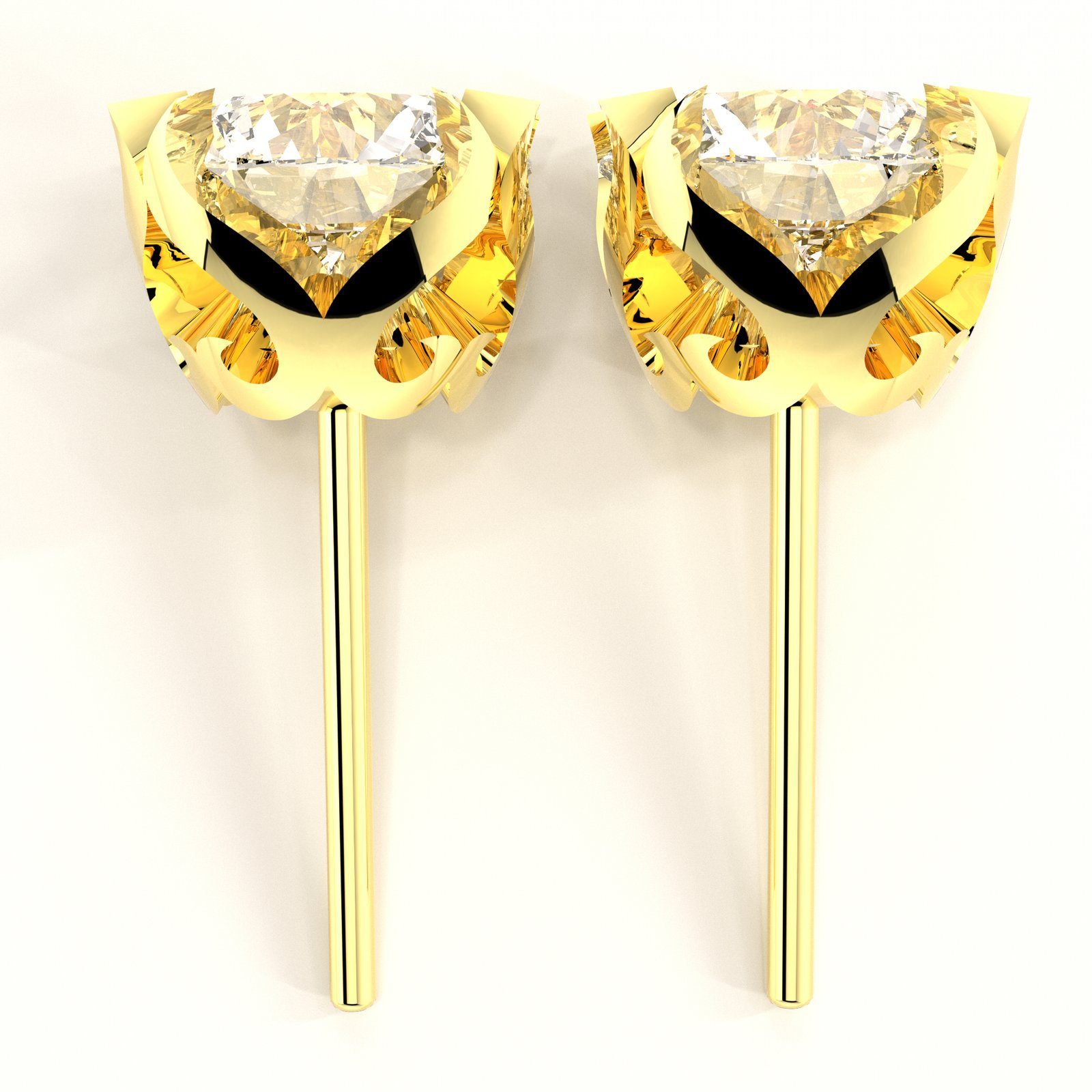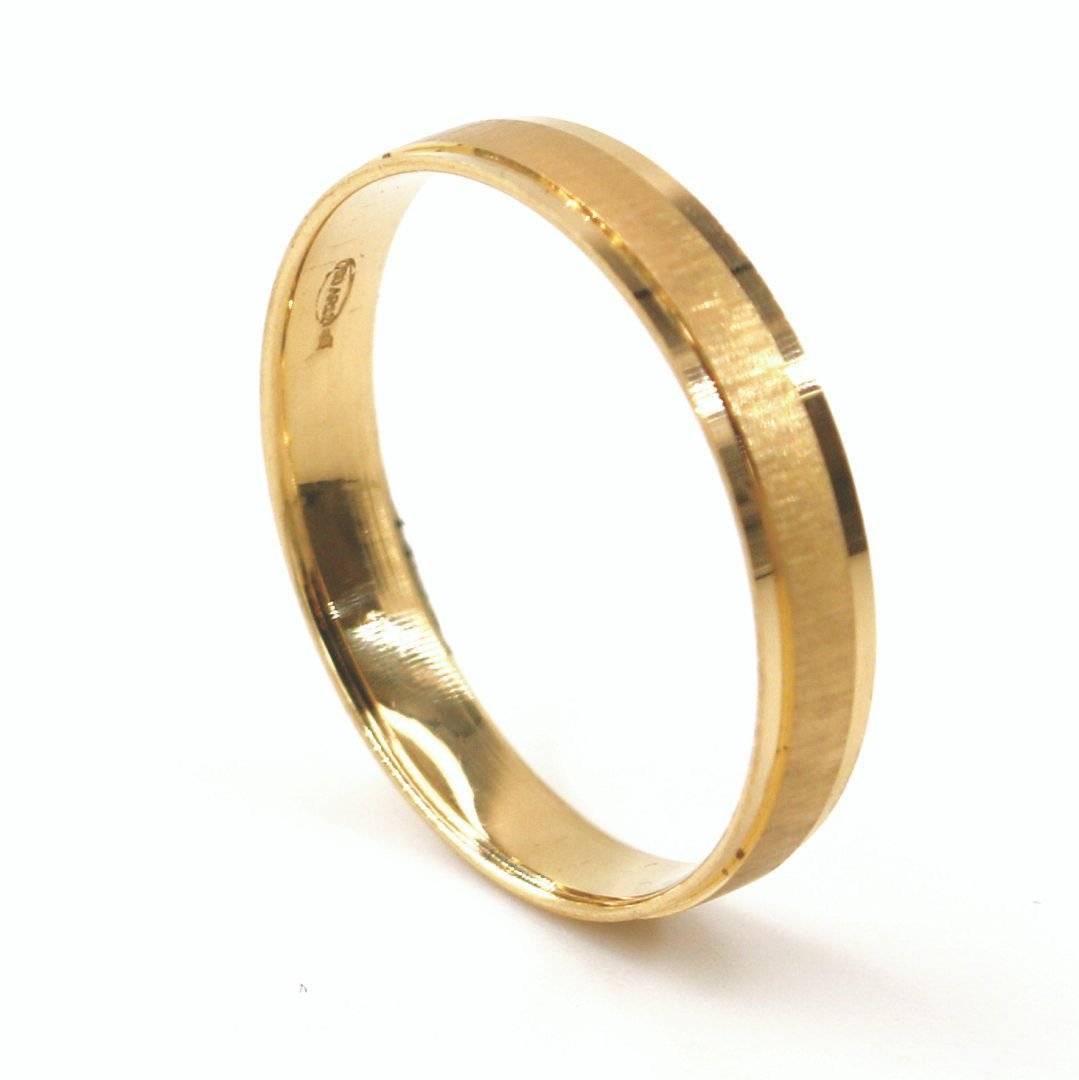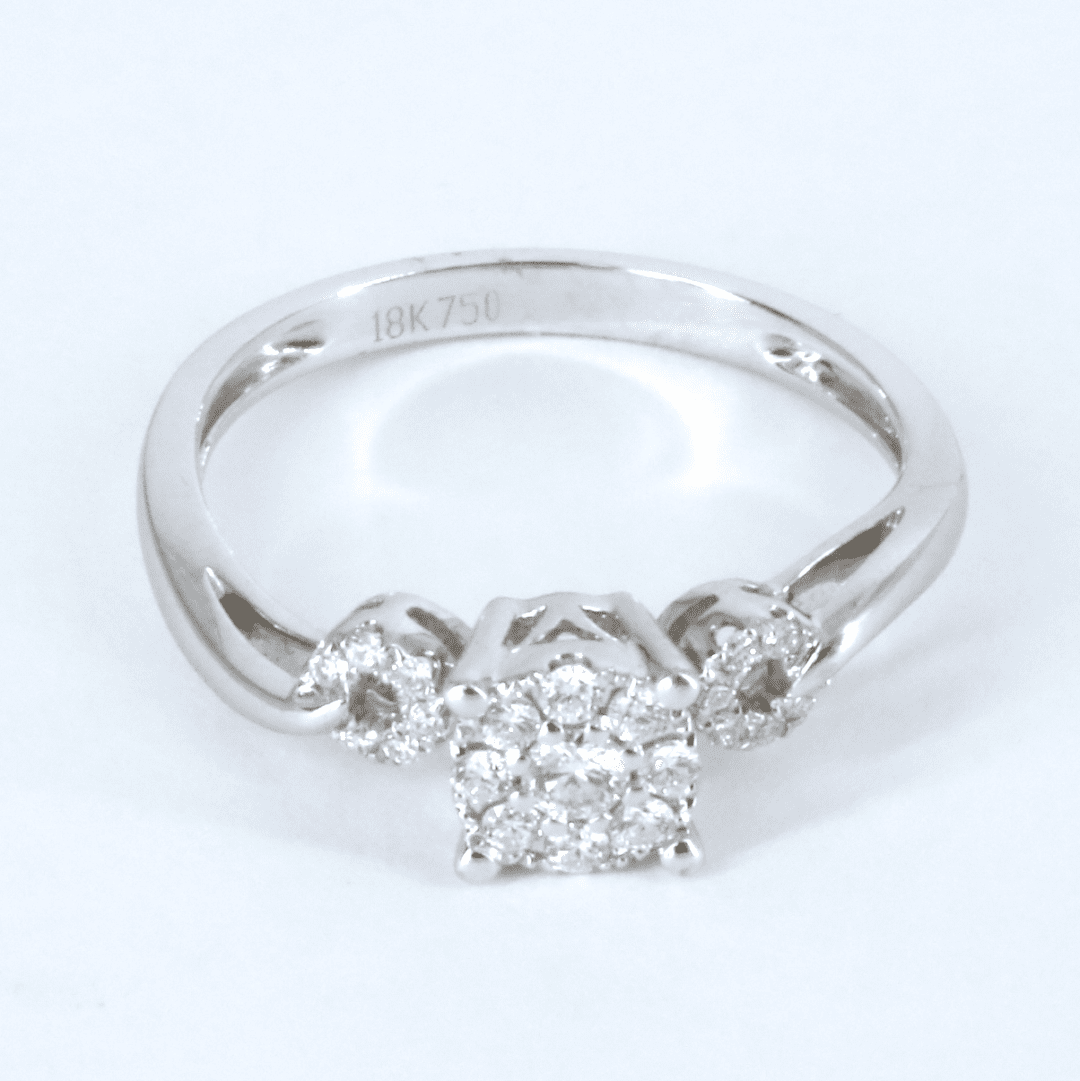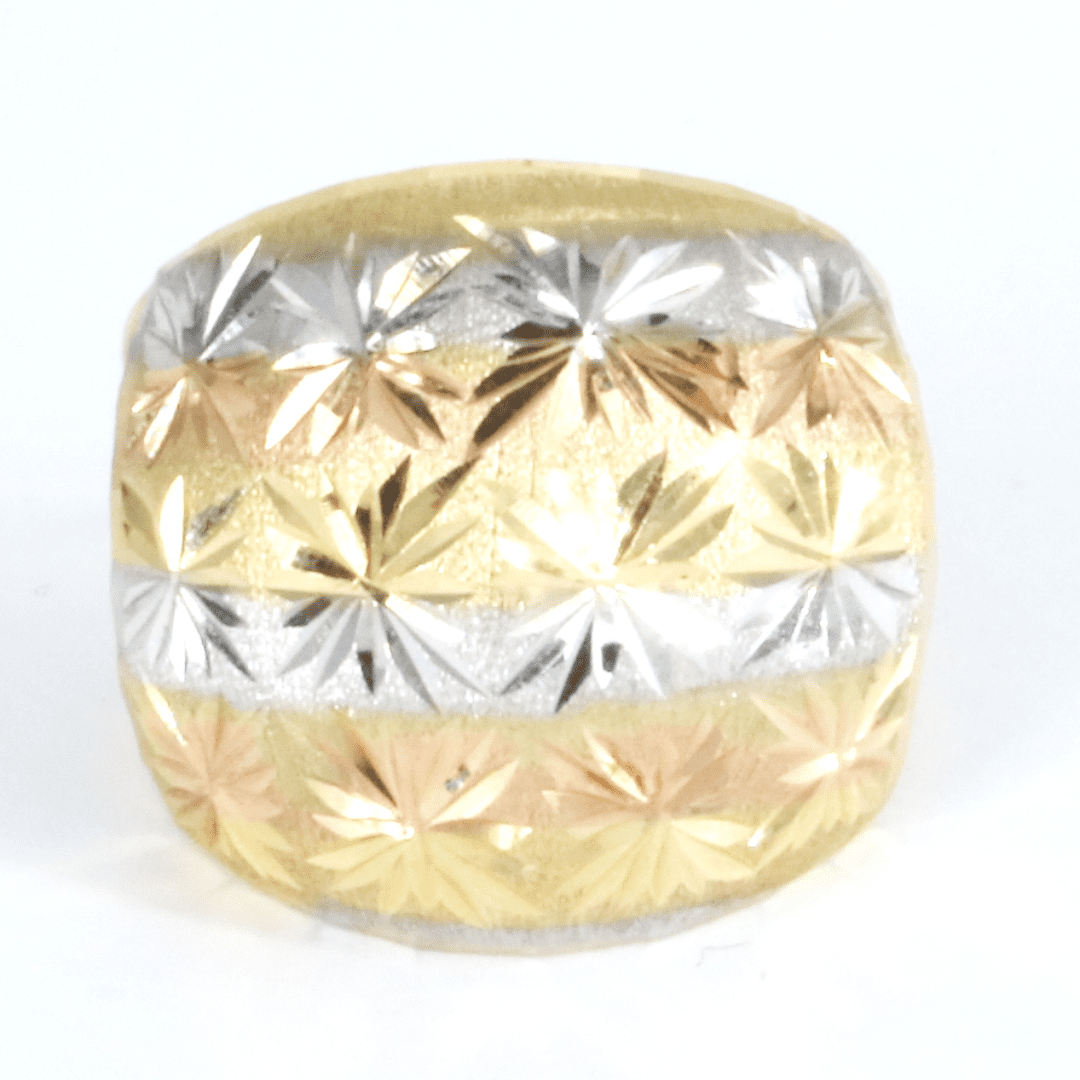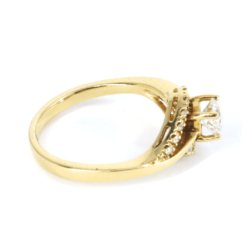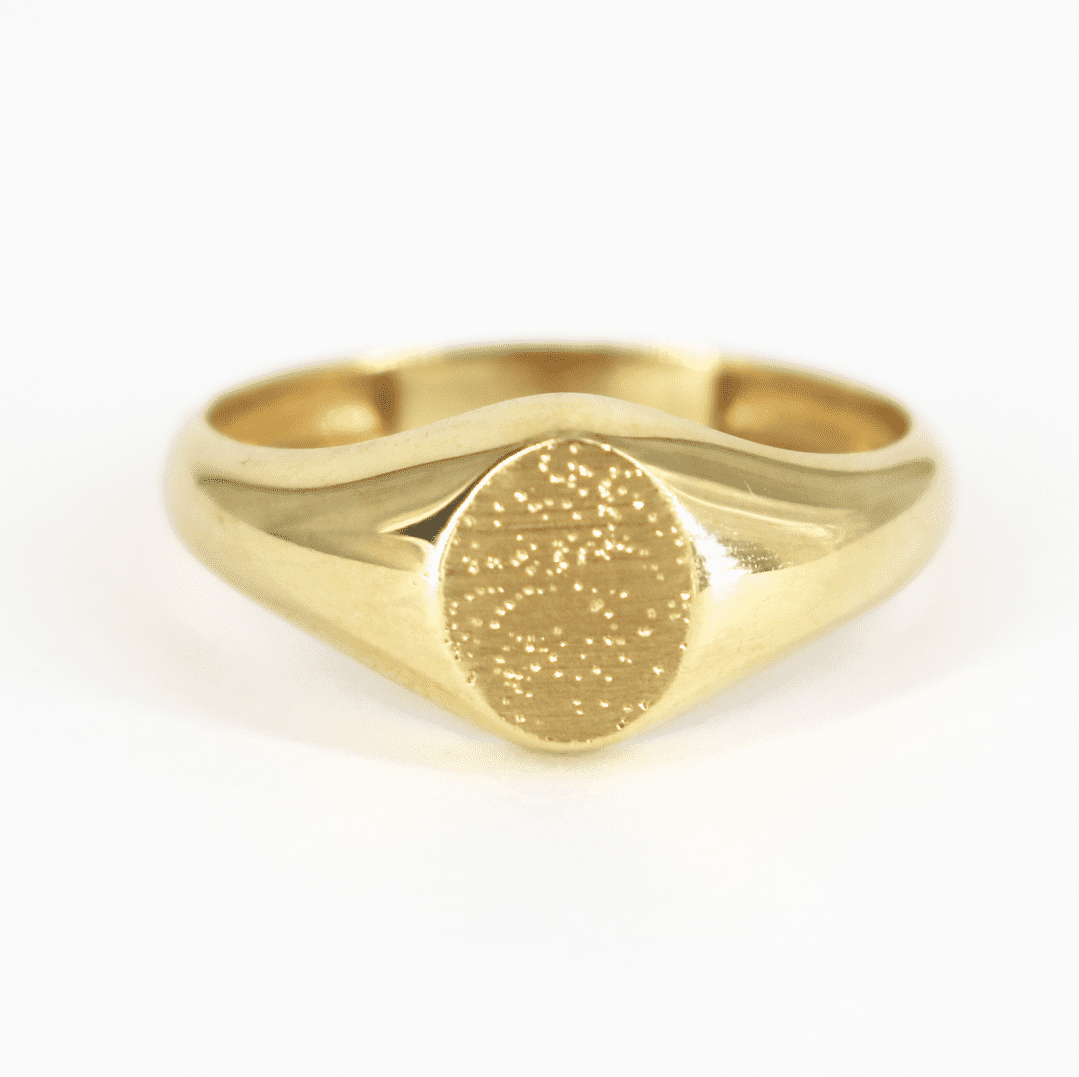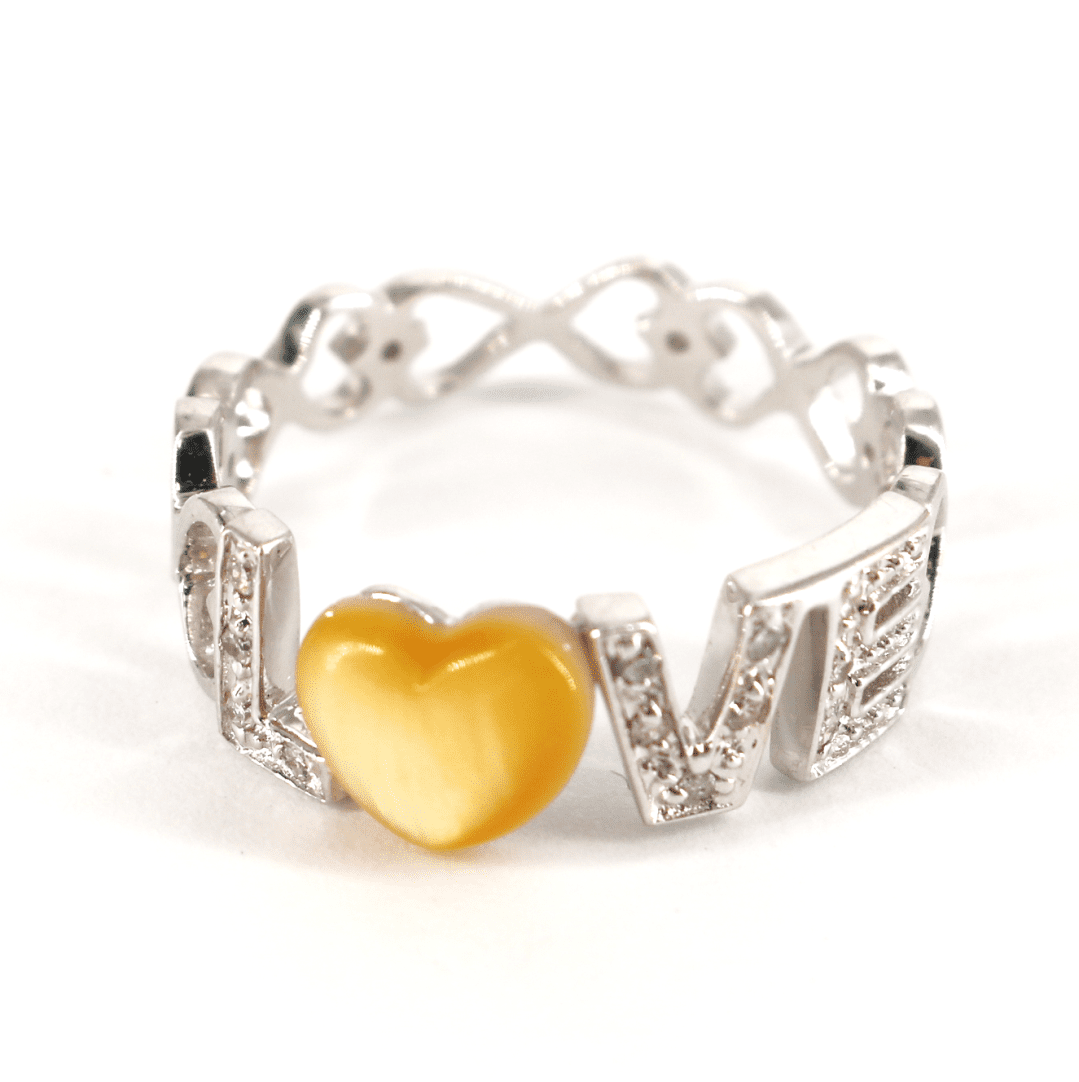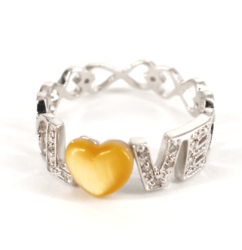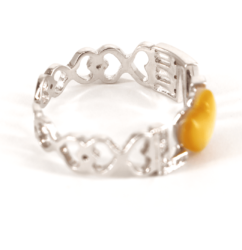Origin and Formation of Gold
Gold is one of the oldest and most precious elements on Earth. Its formation dates back to astronomical events that occurred billions of years ago, such as supernova explosions and neutron star collisions. The gold-rich fragments from these events integrated into Earth during its formation. This precious metal is found in the Earth’s crust in quartz veins, alluvial deposits, and metamorphic rocks.
Extraction and Processing
Gold mining occurs in various ways. Open-pit mining is commonly used in regions where gold is present in large quantities near the surface, while underground mining is necessary when the metal is found at greater depths. Additionally, gold can also be found in riverbeds, where miners use methods like panning to separate it from other sediments.
After extraction, gold undergoes refining processes to eliminate impurities. One of the most common methods is cyanidation, which uses cyanide to dissolve gold and separate it from ores. Another method is electrorefining, which allows for the production of highly pure gold.
Metal Alloys and Purity Standards
Pure gold (sometimes referred to as 24-karat gold) is a soft and malleable metal, making it impractical for jewelry that needs to be durable. Therefore, it is often mixed with other metals, such as silver, copper, palladium, and nickel, to form metal alloys that increase its durability and alter its color.
Gold purity standards are measured in karats (K):
- 24K: Pure gold (99.9%)
- 18K: 75% gold and 25% other metals
- 14K: 58.3% gold and 41.7% other metals
- 10K: 41.7% gold and 58.3% other metals
Different alloys result in various colors, such as yellow gold (a mix of silver and copper), white gold (a mix of palladium or nickel), and rose gold (a high proportion of copper).
Use in Jewelry Making
The production of gold jewelry involves various artisanal and industrial processes. Casting is one of the initial stages, in which gold is melted and molded into bars or sheets. It is then laminated, drawn, and worked into desired shapes.
Techniques such as stone setting are used to fix gemstones, while laser engraving allows for detailed personalization of pieces. Other techniques include soldering, polishing, and electroplating (coating with other metals to improve the piece’s finish and durability).
Commercialization and Market Value
The price of gold is determined by various factors, such as supply and demand, global economic stability, and central bank reserves. Gold is considered a safe asset during financial crises, leading to high demand.
In the jewelry market, authenticity is ensured by quality certificates and hallmarking (a stamp indicating gold purity). Consumers should verify these details when purchasing a piece.
Final Considerations
Gold is a precious metal with a fundamental role in the jewelry industry. From its origin in the depths of space to its transformation into sophisticated jewelry, gold undergoes a long process of extraction, refining, and manufacturing. Its brilliance and timeless value ensure that it remains one of the most desired metals in the world of fashion and luxury.


